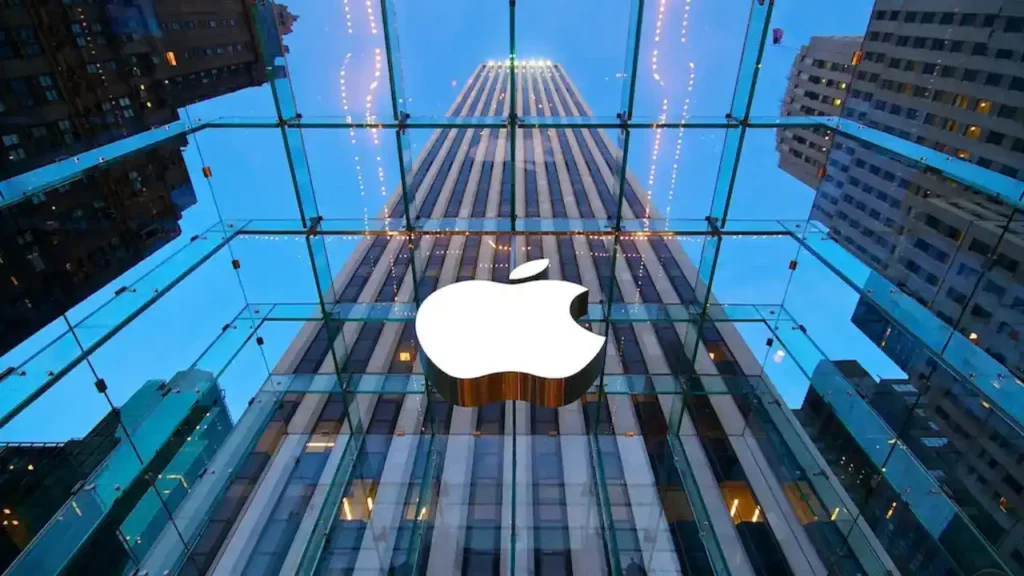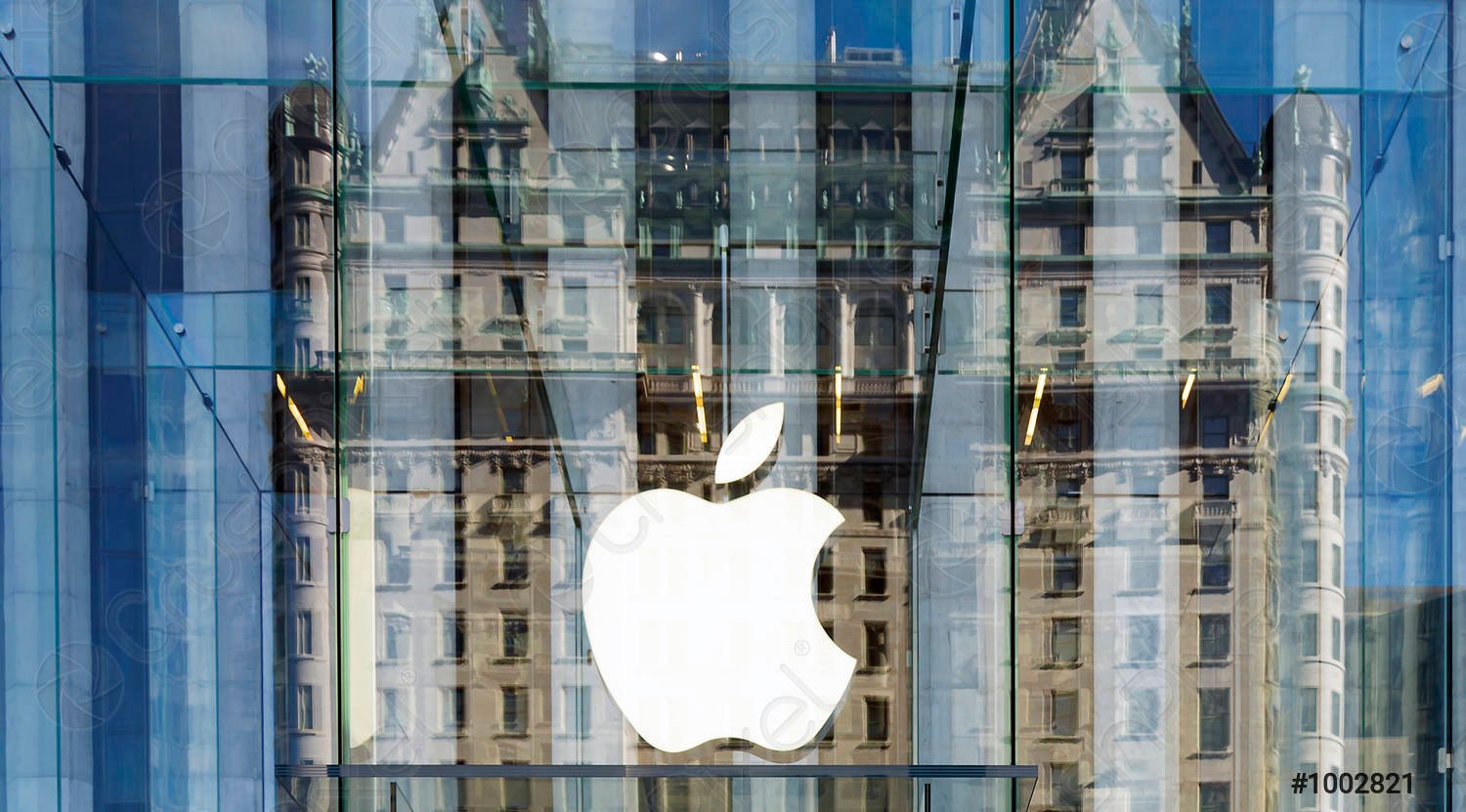Apple’s Smart Glasses & AirPods With Cameras: Everything Coming By 2027
Picture this: You’re walking down the street, and your AirPods discreetly warn you about an approaching car—thanks to tiny built-in cameras. Later, your Apple smart glasses translate a foreign menu just by looking at it.
This isn’t a sci-fi movie. By 2027, Apple could make this a reality.
According to insider reports and leaked patents, Apple is working on two game-changing wearable devices:
- AI-powered smart glasses (with a revolutionary display)
- Next-gen AirPods with cameras (for augmented hearing & safety)
In this exclusive breakdown, we’ll reveal:
✔ How these devices will work
✔ Mind-blowing features to expect
✔ Potential privacy concerns
✔ Realistic release dates & prices

1. Apple’s Smart Glasses: Like an iPhone on Your Face
What We Know So Far
Apple’s smart glasses (codenamed “B798”) won’t be a full AR headset like Vision Pro. Instead, they’ll focus on AI-powered assistance—think Siri in your sunglasses.
Key Features Expected:
- Transparent OLED displays (Only visible to the wearer)
- LiDAR sensors (For depth-sensing & AR mapping)
- A19 chip (Same powerful AI processor as future iPhones)
- Health monitoring (Heart rate, blood oxygen via temple sensors)
How You’ll Use Them:
- Glance at a street sign → Instant translation
- Look at a product → See Amazon reviews
- Whisper to Siri → Get answers without speaking aloud
🔗 Related: How Apple’s AI Glasses Differ From Meta’s Ray-Bans
2. AirPods With Cameras: Your Ears Will “See” the World
Why Put Cameras in AirPods?
It sounds crazy, but Apple has filed multiple patents for camera-equipped AirPods. Here’s why:
| Feature | How It Helps You |
|---|---|
| Obstacle Detection | Alerts you if a bike or car is coming |
| Augmented Hearing | Amplifies important sounds (like a friend’s voice in a crowd) |
| Gesture Control | Nod to answer calls, shake head to skip songs |
| Fitness Tracking | Counts reps at the gym by sensing motion |
Biggest Challenge?
- Battery life (Cameras drain power fast)
- Privacy (Will people trust tiny cameras in their ears?)
🔗 External Link: How Camera-Equipped Earbuds Work (The Verge)
3. 5 Ways These Devices Will Change Everyday Life
A. Real-Time Language Translation
- Glasses: Read foreign text instantly
- AirPods: Translate spoken conversations live
B. Invisible Computing
No more staring at your phone—just glance, whisper, or nod to interact.
C. Enhanced Safety
- AirPods warn you if a car is approaching while jogging
- Glasses highlight trip hazards in dim light
D. Hands-Free Shopping
Look at a product → See prices, reviews, and “Buy Now” options without pulling out your phone.
E. Next-Level Workouts
- AirPods track running form via cameras
- Glasses display heart rate & reps in real time
4. Privacy Concerns: Will People Trust Wearable Cameras?
Apple knows Google Glass failed partly due to privacy fears, so they’re taking precautions:
✔ Physical camera covers (Like on MacBooks)
✔ LED indicators when cameras are active
✔ On-device processing (No cloud storage of video)
But critics still worry:
- Could these be used for secret recording?
- Will stores/banks ban camera glasses?
Apple’s response? “Transparency and user control will be top priorities.”
5. Release Dates & Price Predictions
Apple Smart Glasses
- 2026: Developer preview
- 2027: Consumer launch
- Price: $1,499 (Similar to Vision Pro)
AirPods With Cameras
- 2026: AirPods Pro 4 (with basic sensors)
- 2027: Full “AirPods Vision” with cameras
- Price: $399
Why So Expensive?
- Custom chips & advanced sensors
- Low initial production volumes
6. How Apple Stacks Up Against Competitors
| Company | Product | Key Difference |
|---|---|---|
| Apple | Smart Glasses | AI-first, not full AR |
| Meta | Ray-Ban Meta | Better cameras, but less AI |
| Amazon | Echo Frames | Alexa-only, no display |
| Bose | AR Sunglasses | Audio-focused, no cameras |
Apple’s Edge?
- Tighter iPhone integration
- Better privacy reputation
- Superior chip technology
Final Verdict: Worth the Wait?
The Good
✅ Finally, a stylish wearable that doesn’t look techy
✅ Could replace many iPhone functions
✅ Life-saving safety features
The Bad
❌ High prices will limit early adoption
❌ Battery life may be a struggle
❌ Privacy debates could delay launch
The Bottom Line
If Apple gets this right, we could be looking at the next iPhone-level revolution—but 2027 is still far away.
What to Do Now:
- Follow @MarkGurman for leaks
- Start saving (these won’t be cheap!)
- Debate: Would you wear camera glasses? (Comment below!)
🔗 Read Next: Apple Vision Pro vs. Smart Glasses: Which Should You Buy?
FAQs About Apple’s 2027 Wearables
Q: Will smart glasses work without an iPhone?
A: For basic features, yes—but full functionality requires iOS.
Q: Can camera AirPods record video?
A: Unlikely—Apple will probably restrict this to avoid misuse.
Q: Are these replacements for Vision Pro?
A: No! Vision Pro = immersive VR/AR. These = lightweight assistants.
Picture this: You’re walking down the street, and your AirPods discreetly warn you about an approaching car—thanks to tiny built-in cameras. Later, your Apple smart glasses translate a foreign menu just by looking at it.
This isn’t a sci-fi movie. By 2027, Apple could make this a reality.
According to insider reports and leaked patents, Apple is working on two game-changing wearable devices:
- AI-powered smart glasses (with a revolutionary display)
- Next-gen AirPods with cameras (for augmented hearing & safety)
In this exclusive breakdown, we’ll reveal:
✔ How these devices will work
✔ Mind-blowing features to expect
✔ Potential privacy concerns
✔ Realistic release dates & prices
1. Apple’s Smart Glasses: Like an iPhone on Your Face
What We Know So Far
Apple’s smart glasses (codenamed “B798”) won’t be a full AR headset like Vision Pro. Instead, they’ll focus on AI-powered assistance—think Siri in your sunglasses.
Key Features Expected:
- Transparent OLED displays (Only visible to the wearer)
- LiDAR sensors (For depth-sensing & AR mapping)
- A19 chip (Same powerful AI processor as future iPhones)
- Health monitoring (Heart rate, blood oxygen via temple sensors)
How You’ll Use Them:
- Glance at a street sign → Instant translation
- Look at a product → See Amazon reviews
- Whisper to Siri → Get answers without speaking aloud
🔗 Related: How Apple’s AI Glasses Differ From Meta’s Ray-Bans
2. AirPods With Cameras: Your Ears Will “See” the World
Why Put Cameras in AirPods?
It sounds crazy, but Apple has filed multiple patents for camera-equipped AirPods. Here’s why:
| Feature | How It Helps You |
|---|---|
| Obstacle Detection | Alerts you if a bike or car is coming |
| Augmented Hearing | Amplifies important sounds (like a friend’s voice in a crowd) |
| Gesture Control | Nod to answer calls, shake head to skip songs |
| Fitness Tracking | Counts reps at the gym by sensing motion |
Biggest Challenge?
- Battery life (Cameras drain power fast)
- Privacy (Will people trust tiny cameras in their ears?)
🔗 External Link: How Camera-Equipped Earbuds Work (The Verge)
3. 5 Ways These Devices Will Change Everyday Life
A. Real-Time Language Translation
- Glasses: Read foreign text instantly
- AirPods: Translate spoken conversations live
B. Invisible Computing
No more staring at your phone—just glance, whisper, or nod to interact.
C. Enhanced Safety
- AirPods warn you if a car is approaching while jogging
- Glasses highlight trip hazards in dim light
D. Hands-Free Shopping
Look at a product → See prices, reviews, and “Buy Now” options without pulling out your phone.
E. Next-Level Workouts
- AirPods track running form via cameras
- Glasses display heart rate & reps in real time
4. Privacy Concerns: Will People Trust Wearable Cameras?
Apple knows Google Glass failed partly due to privacy fears, so they’re taking precautions:
✔ Physical camera covers (Like on MacBooks)
✔ LED indicators when cameras are active
✔ On-device processing (No cloud storage of video)
But critics still worry:
- Could these be used for secret recording?
- Will stores/banks ban camera glasses?
Apple’s response? “Transparency and user control will be top priorities.”
5. Release Dates & Price Predictions
Apple Smart Glasses
- 2026: Developer preview
- 2027: Consumer launch
- Price: $1,499 (Similar to Vision Pro)
AirPods With Cameras
- 2026: AirPods Pro 4 (with basic sensors)
- 2027: Full “AirPods Vision” with cameras
- Price: $399
Why So Expensive?
- Custom chips & advanced sensors
- Low initial production volumes
6. How Apple Stacks Up Against Competitors
| Company | Product | Key Difference |
|---|---|---|
| Apple | Smart Glasses | AI-first, not full AR |
| Meta | Ray-Ban Meta | Better cameras, but less AI |
| Amazon | Echo Frames | Alexa-only, no display |
| Bose | AR Sunglasses | Audio-focused, no cameras |
Apple’s Edge?
- Tighter iPhone integration
- Better privacy reputation
- Superior chip technology
Final Verdict: Worth the Wait?
The Good
✅ Finally, a stylish wearable that doesn’t look techy
✅ Could replace many iPhone functions
✅ Life-saving safety features
The Bad
❌ High prices will limit early adoption
❌ Battery life may be a struggle
❌ Privacy debates could delay launch
The Bottom Line
If Apple gets this right, we could be looking at the next iPhone-level revolution—but 2027 is still far away.
What to Do Now:
- Follow @MarkGurman for leaks
- Start saving (these won’t be cheap!)
- Debate: Would you wear camera glasses? (Comment below!)
🔗 Read Next: Apple Vision Pro vs. Smart Glasses: Which Should You Buy?

FAQs About Apple’s 2027 Wearables
Q: Will smart glasses work without an iPhone?
A: For basic features, yes—but full functionality requires iOS.
Q: Can camera AirPods record video?
A: Unlikely—Apple will probably restrict this to avoid misuse.
Q: Are these replacements for Vision Pro?
A: No! Vision Pro = immersive VR/AR. These = lightweight assistants.
